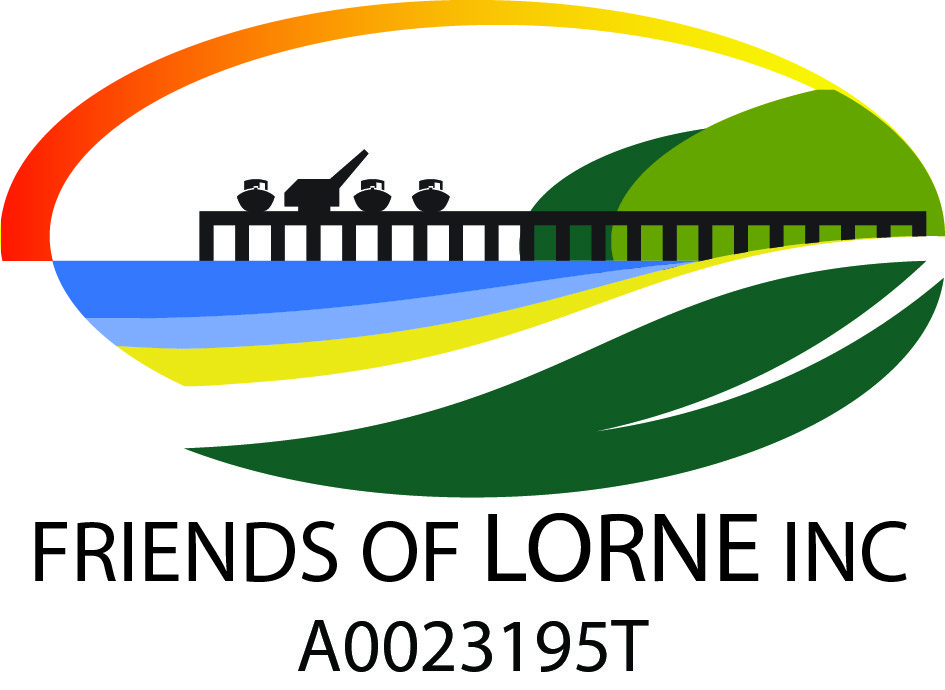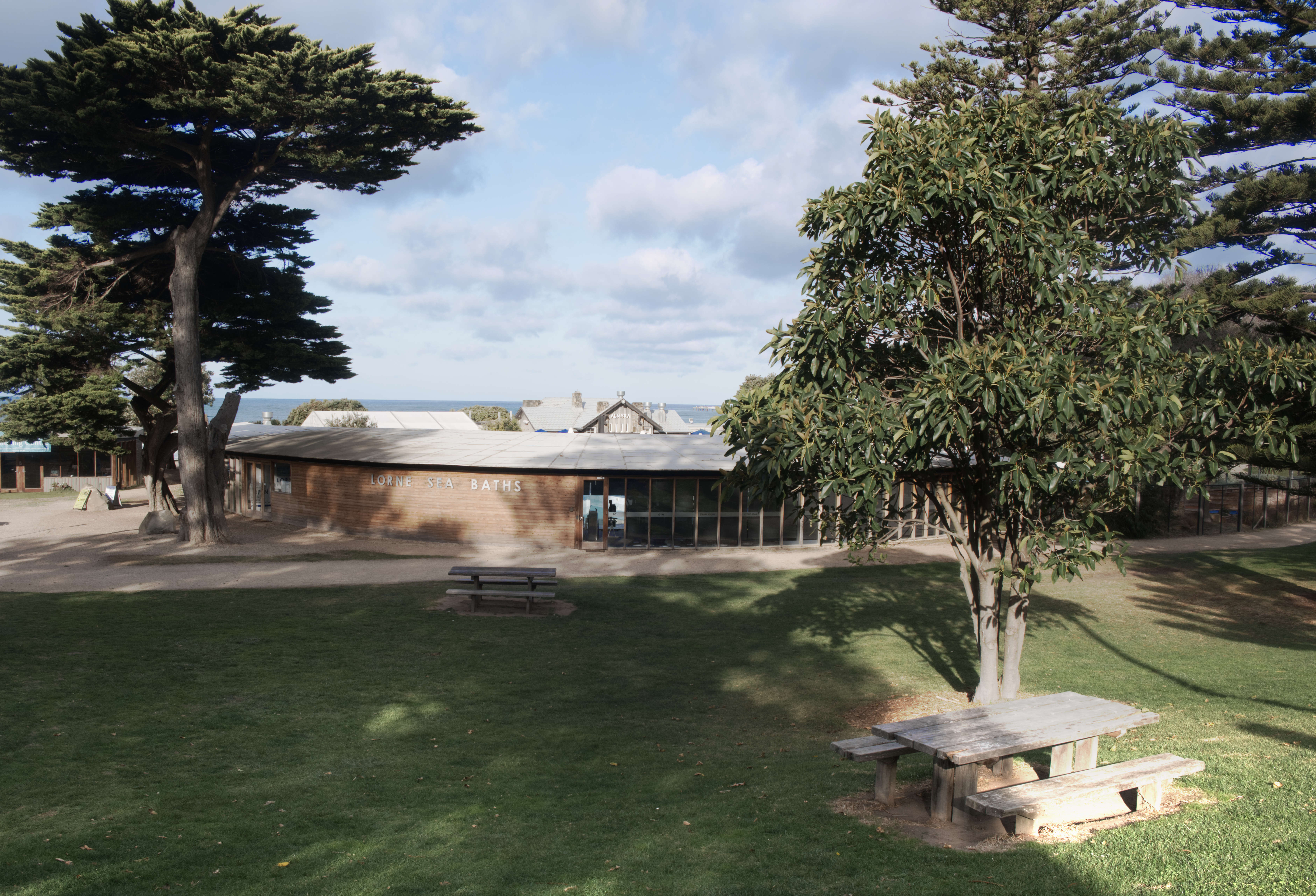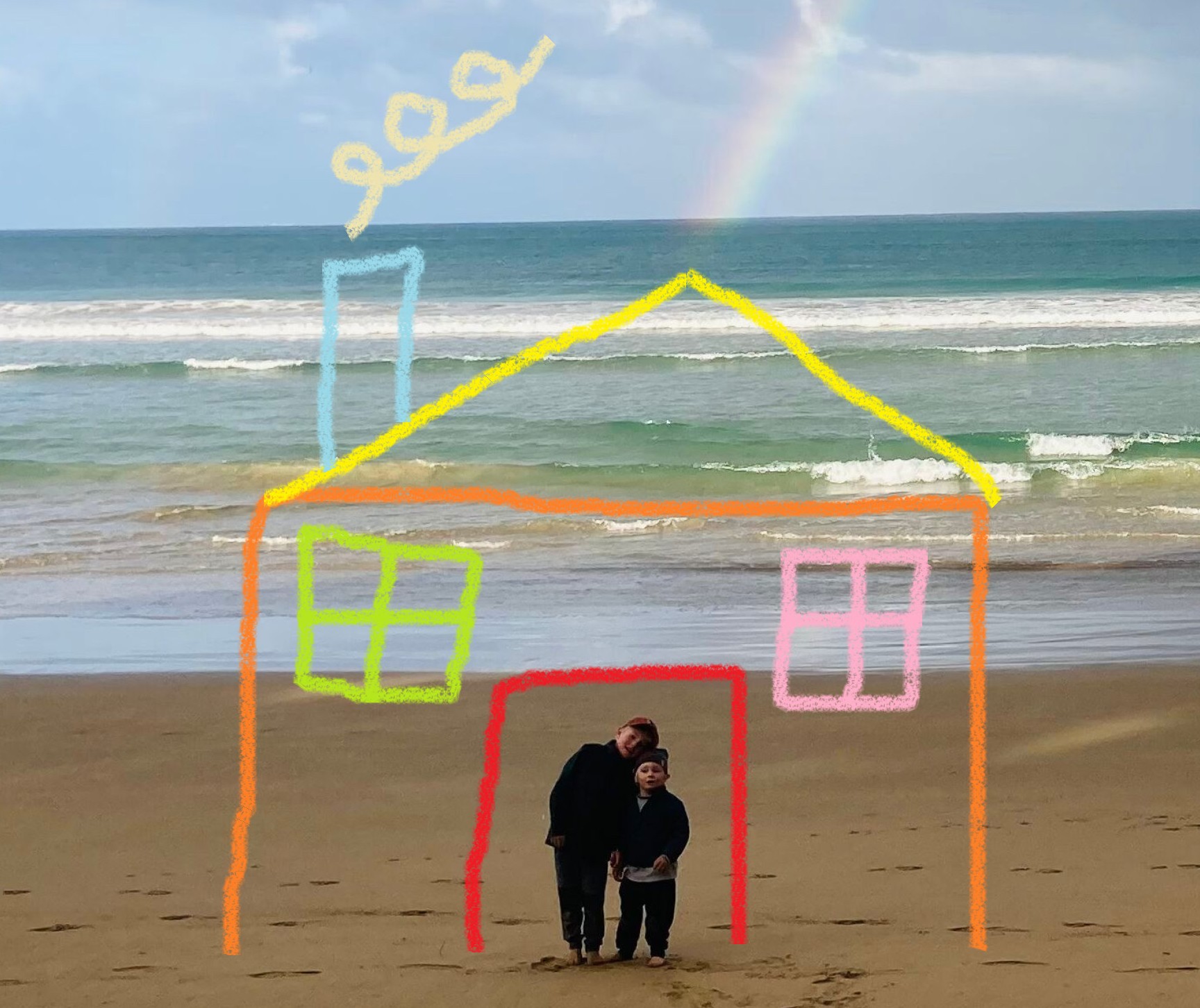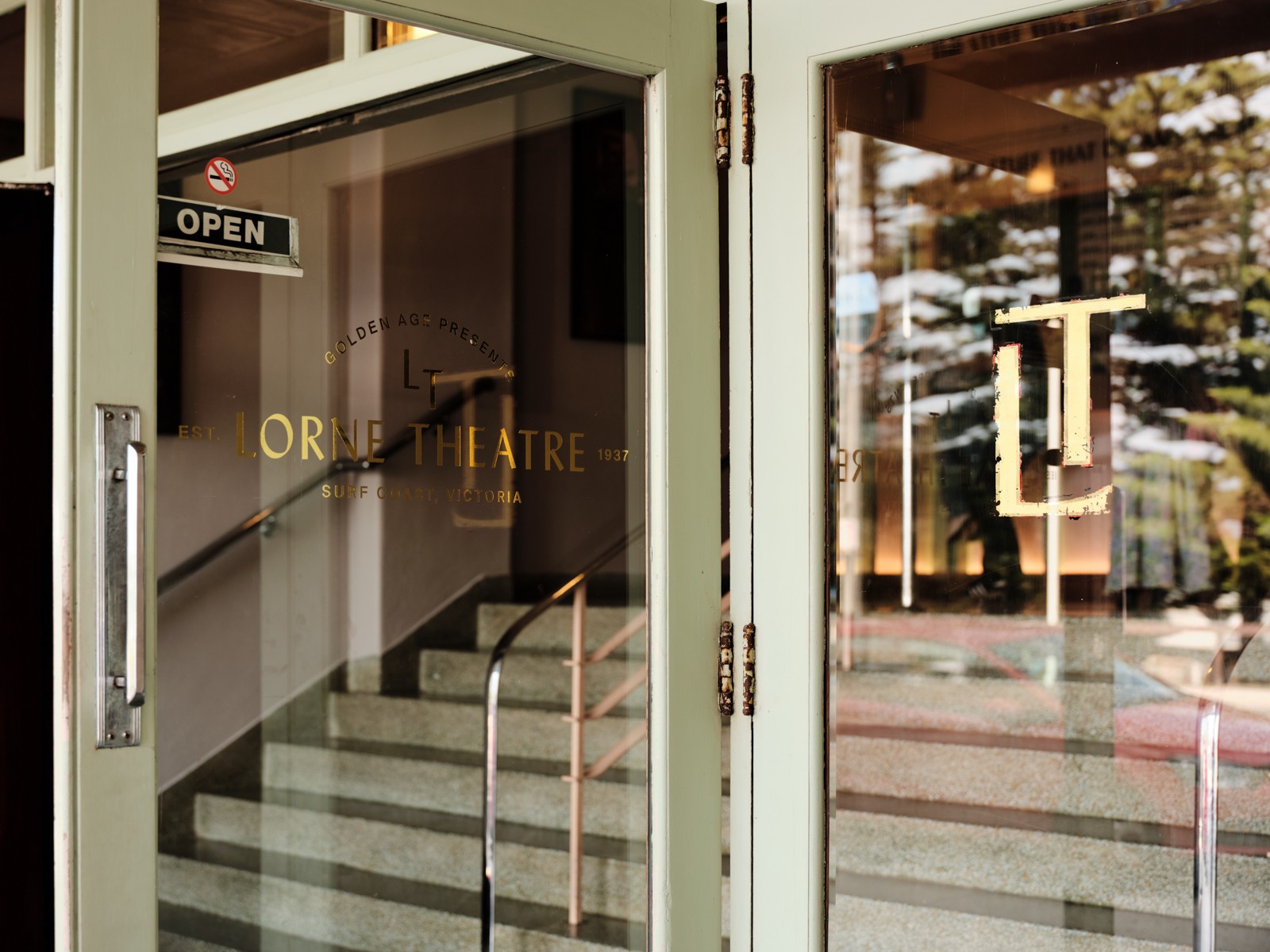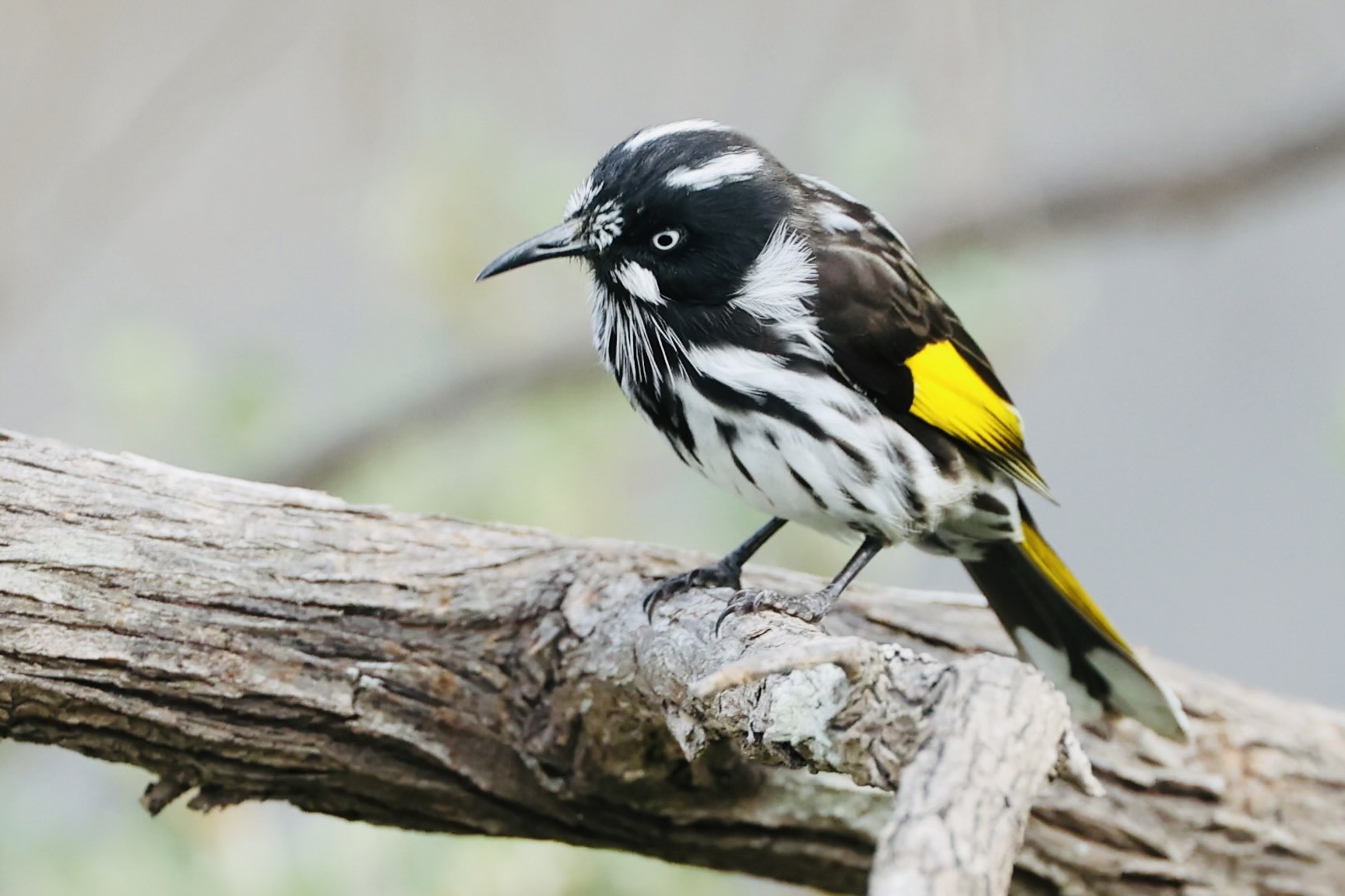I expected that we would develop various options and discuss things further. Each option would have plusses and minuses as there would be trade-offs about location, cost, density, loss of vegetation, timing, the people most likely to benefit (seasonal workers, singles, families, etc). Indeed, in February 2023 the CfL agreed that “the preferred pathway forward for CfL will involve weighing up the advantages and disadvantages of the options in the current report through discussions within CfL, with the community, and with experts/others who have experience.”
But it has not worked like that so far. Funding opportunities arise and there may not be scope to compare one option with another in a considered fashion.
The recent Victoria’s Regional Worker Accommodation Fund grants call provided some insights for learning. Eligible applicants could include schools, hospitals, private businesses, incorporated associations, and local government-employer industry partnerships. Grants of $150k to $5m were on offer, with the expectation that applicants would also put in funds. Expressions of interest opened at the end of November last year, apparently. But we knew nothing about it until the end of February this year when two local applicants were scrambling for letters of support.
With very little notice (1-2 days), the CfL was asked to supply letters of support to two applications from private landholders within the town boundaries. With no time to convene any discussion, the question of whether one idea was better than another could not be raised. Nor whether there was a better option for Lorne altogether. It was a difficult awkward situation, so CfL declared the letters “non-binding”.
There is a chance now for more discussion, in theory anyway. That’s if the applications are shortlisted by Regional Development Victoria and the applicants reach out to the community with sufficient time for the community to engage. This is because shortlisted applications have three weeks to develop a “full proposal” which, alongside a masterplan, schematic/concept designs, plans and drawings must include a community and stakeholder management plan, evidence of support for the project, and evidence that demonstrates all relevant approvals and permits for construction and use of the project can be obtained within the required timeframe (e.g. planning permit, Heritage Victoria etc). There also needs to be a governance proposal, remembering that this not just about building the houses, but getting the right people into them. Successful applications will be announced in July.
Of course, there’s no template for what community support looks like. So, if you review applications for Regional Development Victoria, any missing Lorne voices are not obvious. I am advised by planners that the state’s previous Big Housing Build grants was similar. It had “truncated community engagement ie., no third-party notifications or appeal rights” in order to spend money fast.
The lesson seems to be that fast track, confidential, opportunistic, competitive grants-driven ways of working seem to foster either winners or losers. It also probably explains why some things in communities end in conflict, with attitudes like “NIMBY.” We were striving to avoid that in Lorne. We had about 90 people on tap to engage with deliberating the trade-offs and choices. To avoid this in future we have to create a scenario where early plans and ideas are shared.
But maybe we’ll be lucky. The proposed project/s may be splendid. And we’ll all be hugely grateful. Remember too, we can have more than one solution. When we get the Housing Officer working with us, for example, we will look at public land options. So, this means the community will still get a chance to help decide which housing options for Lorne will work best here.
Avoiding building new, if we can
Where possible, Friends of Lorne favours housing options with least environmental impact. That principle is part of our mission. “Protecting and conserving our unique natural environment” is part of the CfL mission too. Lorne’s trees are its signature. Friends of Lorne were never big on new developments outside the town boundaries. And within the boundaries, rather than building new (and given that 75% of the existing homes are unoccupied for the most to the year) we favour schemes which coax existing properties across to the long-term rental market or make them easier for purchase by key and essential workers.
An example of the latter is a scheme in high-priced inner-city Sydney which helps to finance key and essential workers to purchase existing properties through shared or joint equity schemes. There’s no land to build new in inner city Sydney. Check out a 2-minute video that explains Hope Housing. It enables nurses, teachers, police etc to (part) own homes for less upfront cost to them. It would be great to have a scheme like it available here. It would need to operate regionally (ie., larger than Lorne) to be viable. But Lorne could get an allocation of places. So perhaps 10-20 families might be financed this way. Enough to make a difference.
The trouble is though, unless you are an investment banker, a financier, or some kind of accounting whiz kid with terrific links to potential investors, these schemes look daunting to set up. It’s maybe no wonder that the Lorne Community Lands Trust that was announced in January 2022 just preferred finding land, rezoning, and building. Lobbying, rezoning and building is the way Australia has pretty much always accommodated its population. But, as mentioned previously, the door has closed on building outside the town boundaries. Also, we were advised in October 2023 that the Lorne Community Lands Trust disbanded.
Community lands trusts (CLTs) operate elsewhere in Australia and there is now a national network of communities with CLTs in various stages of development, most so far with a focus on building new and/or using properties donated to or acquired by them. In the webinars, we heard the blow-by-blow account of setting up a CLT on South Moreton Bay Island in Queensland. The difference between a CLT and entity like Hope Housing is that with a CLT the properties are owned perpetually by the Trust (except under Australian law it’s not actually a Trust, but the name has stuck because it’s the name used in the UK and the US).
So, in Lorne with a regular type CLT, there would be houses or apartments or parts of Lorne which were Trust-owned and eligible people either rented or part owned the properties with the Trust. Whereas Hope Housing is a different model. It is simply a shared equity scheme for eligible people. Eligible people can buy any house that suits their family size and budget (co-owned with the housing entity) and no house in Lorne is perpetually labelled and set aside for affordability purposes. A property market expert got a Churchill Fellowship to investigate shared equity schemes in 2018. Her report is here. She recommended that Australia get on board.
Of course, schemes like this need to attract capital and confidence and people with the time, skills and drive to make things happen. This is when you look around Lorne and appreciate that we are all just volunteers. That is, our retired or semi-retired bankers, financiers, lawyers, and accounting wizards look pretty happy in their Bermuda shorts or capri pants. Most volunteer an awful lot already, some holding hoses, in fact.
Friends of Lorne has asked that CfL form a subgroup that meets monthly to keep the housing agenda moving forward and to share information and skills across the various options being pursued. There’s good news in that during one of our housing webinars the owner of Great Ocean Road Cottages texted Anna Mac and announced that he would convert his entire property to worker accommodation. That’s gone so well that now that they are providing accommodation for up to 40 people. Good on you Simon Sutterby. Thank you.
Still optimistic
So, we still have reason to be optimistic. For example, we learned about Hope Housing through conversations with GORCAPA. Affordable housing is not GORCAPA’s direct remit, but it is an issue that will impact the coast dramatically. So, the fact that they brought shared equity schemes to our notice is encouraging. The coast can’t operate without staff and it’s daft to build more houses if 75% remain empty most of the time. So, it’s good to know that there are agencies looking at the big picture for us. Lasting solutions require creativity, ambition, and ongoing community support. Our job is to keep Lorne beautiful and viable.
And if you are a retired or semi-retired banker, financier, investor, lawyer, or accounting wizard who feel they can help/advise in any way, step forward please.
……………………….
PS. FYI, in case you are not in the know, the CfL started out about 12+ years ago. Now any interested party is welcome to join the Committee. It currently comprises six keen people as well as one representative each from the school, the hospital, Friends of Lorne, the Lorne Business and Traders Association and Lorne Care. CfL got a small grant from the SCSC some years ago to conduct a community conversation about Lorne’s aspirations. One of the theme areas was accommodating our population. So that’s how the CfL’s leadership on housing began. They have weekly column in the Surf Coast Times. To subscribe contact info@committeeforlorne.org.au
